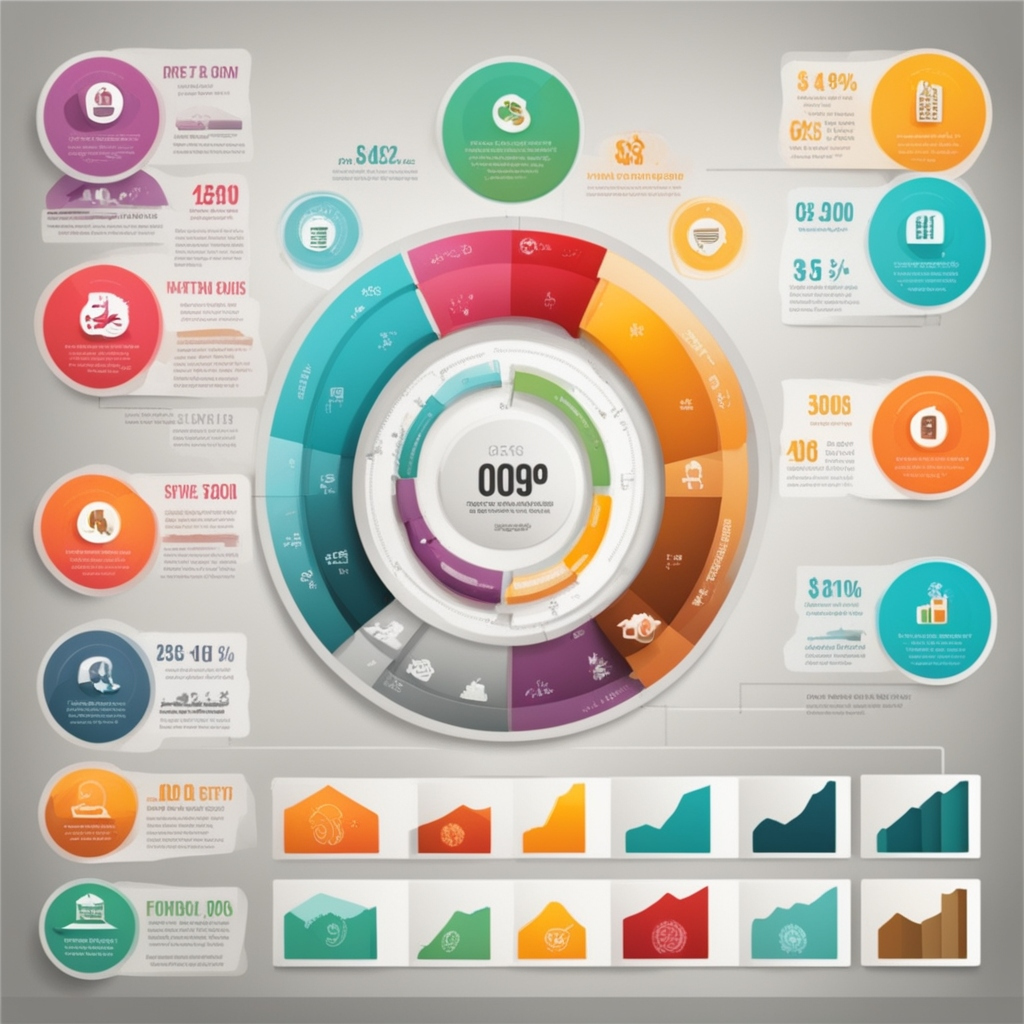Earn Money by Hosting Virtual Art Exhibits
The art world has embraced the digital revolution, with virtual art exhibits offering artists, curators, and entrepreneurs new ways to showcase creativity while generating income. Hosting a virtual art exhibit is not only a profitable venture but also an excellent opportunity to connect with a global audience. This guide will walk you through everything you need to know to successfully earn money by hosting virtual art exhibits.
What is a Virtual Art Exhibit?
A virtual art exhibit is an online space where artists display their work using digital platforms. Unlike physical galleries, virtual exhibits allow visitors from around the world to experience the art through immersive technologies such as 3D virtual galleries, high-resolution images, and interactive features. These exhibits can be live events or permanent online showcases.
Benefits of Hosting Virtual Art Exhibits
Before diving into how to monetize a virtual art exhibit, let’s explore why this concept is so appealing:
- Global Reach: Attract visitors and collectors from all over the world without geographical constraints.
- Lower Costs: No need to rent physical space or arrange for physical artwork transportation and insurance.
- 24/7 Availability: Virtual exhibits can remain online indefinitely, giving artists continuous exposure.
- Interactivity: Integrate features like 360° virtual tours, artist interviews, and live Q&A sessions to engage visitors.
- Eco-Friendly: Virtual exhibits reduce the carbon footprint associated with traditional exhibitions.
Monetization Strategies for Virtual Art Exhibits
- Selling Artwork
The most straightforward way to make money is by selling the featured artwork. Integrate e-commerce functionalities into your exhibit to allow visitors to purchase original works, prints, or digital downloads.
Tips for Success:- Display high-quality images of the artwork with detailed descriptions.
- Offer multiple pricing options for different formats (e.g., physical prints, digital copies).
- Include a secure checkout process.
- Ticket Sales
Charge an entry fee for access to the virtual exhibit. You can offer different ticket tiers, such as general admission, VIP access with added perks, or limited-time event tickets.
Pro Tip: Add value by offering live guided tours or exclusive artist talks for VIP ticket holders. - Sponsorship and Partnerships
Partner with brands, art supply companies, or cultural organizations to sponsor your exhibit. Sponsors can pay for advertising space, brand visibility, or co-hosting opportunities. - Merchandising
Create and sell merchandise related to the exhibit, such as posters, T-shirts, mugs, and tote bags featuring the artwork. This helps boost revenue while increasing brand awareness. - Affiliate Marketing
Collaborate with online art marketplaces and include affiliate links. When visitors buy art supplies, books, or related products through your links, you earn a commission. - Workshops and Webinars
Host virtual workshops or webinars related to art techniques, digital art, or curating an exhibit. Charge participants a fee to attend these educational events. - NFT Art Sales
For digital artists, selling artwork as Non-Fungible Tokens (NFTs) can be a lucrative option. NFTs allow you to verify digital ownership and tap into a growing market of collectors.
Step-by-Step Guide to Hosting a Successful Virtual Art Exhibit
1. Choose a Theme and Curate the Art
Start by selecting a theme that ties the artwork together. The theme could be based on a specific genre, subject, or cultural movement. Once you have a theme, curate a collection of works from talented artists.
2. Select the Right Platform
Several platforms are available for hosting virtual exhibits, ranging from simple website galleries to immersive 3D environments. Popular options include:
- Kunstmatrix (for 3D virtual galleries)
- ArtSteps (customizable virtual spaces)
- VR-All-Art (for VR-based exhibits)
- Instagram/Facebook Live (for real-time exhibit experiences)
3. Build an Engaging Exhibit
Ensure the virtual space is visually appealing and user-friendly. Use high-resolution images, descriptive captions, and interactive features to engage visitors. Consider adding multimedia elements like video tours and artist interviews.
4. Promote Your Exhibit
Marketing is crucial to attract visitors and buyers. Leverage social media, email marketing, and influencer collaborations to spread the word. Create an event page with detailed information and share behind-the-scenes content to generate excitement.
5. Monetize with Multiple Streams
Combine various monetization strategies to maximize your income potential. For example, you can sell artwork, charge for exclusive content, and offer sponsorships simultaneously.
6. Engage with Your Audience
Interaction is key to building lasting relationships with visitors. Respond to questions, provide feedback, and create a community around your exhibit. This engagement can lead to repeat visitors and future sales.
Challenges and How to Overcome Them
- Technical Difficulties: Invest in reliable software and test everything before the exhibit goes live.
- Audience Engagement: Keep the content fresh and interactive. Use live chats, polls, and Q&A sessions.
- Monetization Barriers: Offer multiple payment options and affordable pricing tiers to encourage purchases.
Hosting a virtual art exhibit is a creative and profitable way to bring art to the world while earning money. With the right planning, marketing, and monetization strategies, you can create an engaging experience that benefits both artists and art enthusiasts. Whether you’re an artist, curator, or entrepreneur, the digital art space offers endless possibilities.
Start your journey today and turn your virtual art exhibit into a thriving business!












